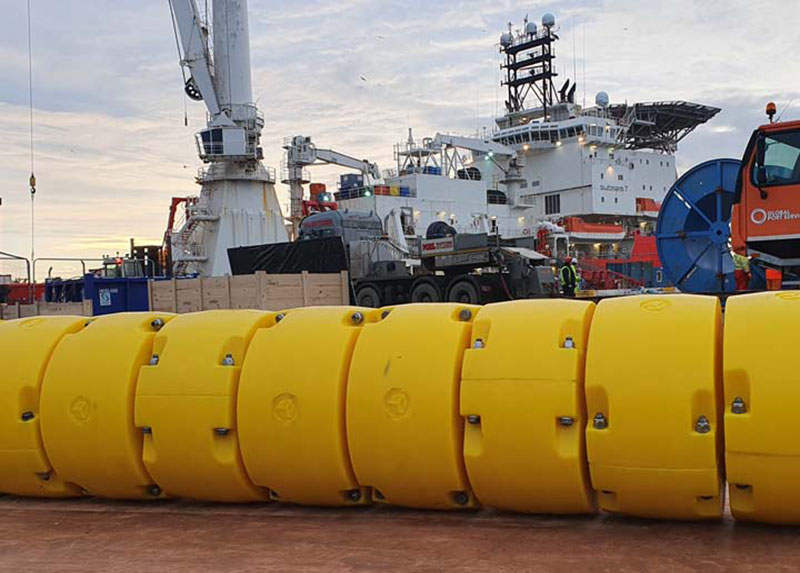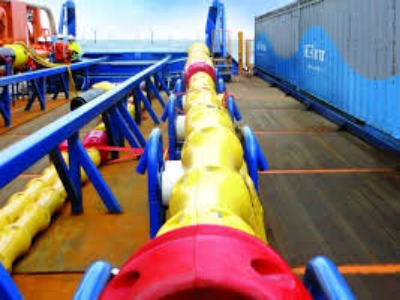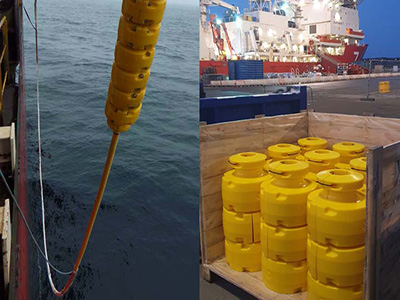Bend Restrictor are protective devices installed around subsea cables, umbilicals, or flexible risers to prevent them from bending beyond their minimum allowable radius. Excessive bending can lead to fatigue, cracking, or even cable failure. By interlocking into a series of rigid or semi-rigid units, bend limiters provide gradual stiffness, ensuring the cable withstands dynamic ocean currents, wave action, and installation stresses.

Key Advantages of Bend Restrictors
Enhanced Safety: By preventing over-bending, bend restrictors address the common failure issues of hoses, cables, and pipelines, thereby preventing leaks and connection malfunctions.
Extended Service Cycle: At coupling junctions, they effectively prevent kinking and fatigue damage, significantly prolonging the service life of the protected components.
Reduced Maintenance Costs: With their damage-prevention function, equipment requires less frequent repairs or replacements, reducing overall maintenance expenses.
Weight Reduction Benefit: In application scenarios such as offshore pipelines, polyurethane bend restrictors are lighter than steel alternatives and can achieve neutral buoyancy, simplifying the installation process.
Convenient and Efficient Installation: Most bend restrictors adopt a user-friendly design that allows tool-free installation; some models even eliminate the need for adhesives or clamps.
Environmental Resistance: Certain models are made of UV-resistant materials, which prevent degradation caused by exposure to the external environment.
Improved Operational Efficiency: By maintaining an appropriate bend radius, they ensure stable fluid flow and guarantee efficient equipment operation.





